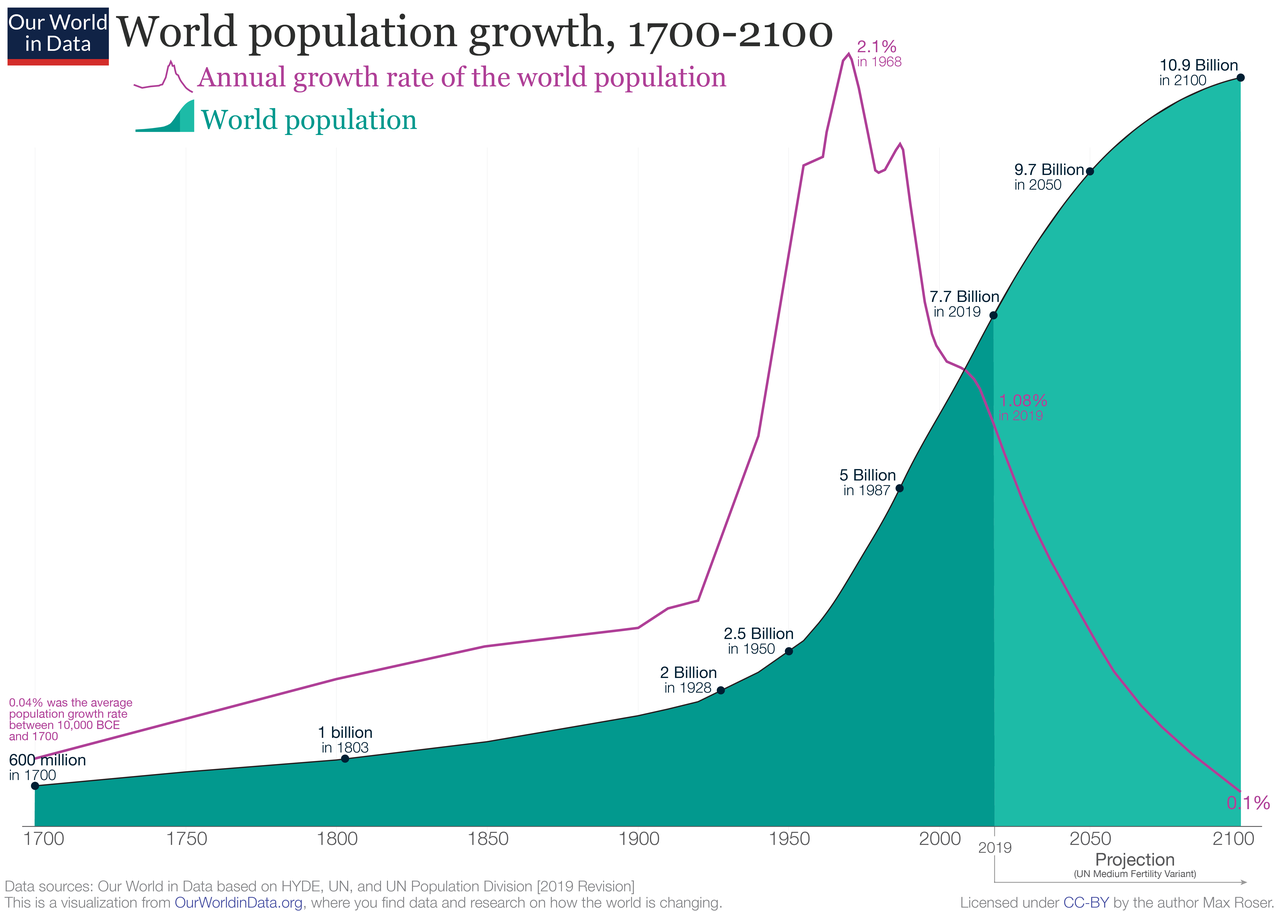The driver shortage in the trucking industry is a problem that every trucking company, large and small, has to deal with. There are many reasons that this shortage has come about, but the newest trend to affect the industry is the acceptance by states of marijuana use. Legalization of recreational marijuana by states is making it even harder for the trucking industry to find drug- free drivers.(1) Trucking companies have safety guidelines to meet and the possibility of having impaired drivers will not help them do so.
Safety is something the trucking industry takes very seriously, not just for the drivers, but for everyone on the roads. There are precautions that need to be taken and guidelines that need to be followed to ensure the safety of all people. Legalization of marijuana greatly affects these precautions, because it affects the user’s reaction time among other things. A tractor trailer can do much more damage in an accident than a standard car due to the size difference. The possibility of truck drivers being under the influence is that much more serious. “We simply cannot have that in the industry…You cannot have people that are using controlled substances, that are impaired, operating 80,000 pound equipment or tanks full of chemicals or petrol,” American Trucking Associations President and CEO Chris Spear said. “It is a problem that the states, we don’t believe, are taking into consideration.”(1)
The reason this affects the driver shortage is because drug tests are required for drivers and now more carriers are willing to take the next step and do a hair test as well, even though it is not required at this point. This means potential drivers who are using marijuana, even if legally, are either walking out the door or failing the drug screenings. Peter A. DeFazio, the House Transportation Chairman, said he too is concerned with the safety risks associated with marijuana in the trucking industry and that Congress needs to advance research into a system for real-time testing.(1)
On the other hand, if the states legalized marijuana, why does a trucking company have the right to refuse employment to a driver, even if they are not intoxicated while driving, only using it on the weekends? How would that be determined by a drug test? There is no true way to tell how or when the drug is used. The industry needs to know if the driver is currently under the influence. If the state legalized it, then it is accepted regardless of what the trucking industry says. “You don’t want someone driving a semi or a private vehicle who meets some sort of intoxication standard,” DeFazio said. “But to totally disqualify someone from employment because in a state that has legalized it, they used it on a weekend when they weren’t working is very problematic.”(1)
Road Scholar Transport only hires the most professional and experienced drivers. Our drivers are subject to background checks and safety checks well beyond the industry’s standard. We have implemented a drug and alcohol testing program. We require a drug test for every new hire, 50% of our drivers are randomly drug tested each year, and also if there is an accident where vehicles are towed or if it results in an injury. Road Scholar Transport continues to have no controlled substances or alcohol violations in out CSA score.



